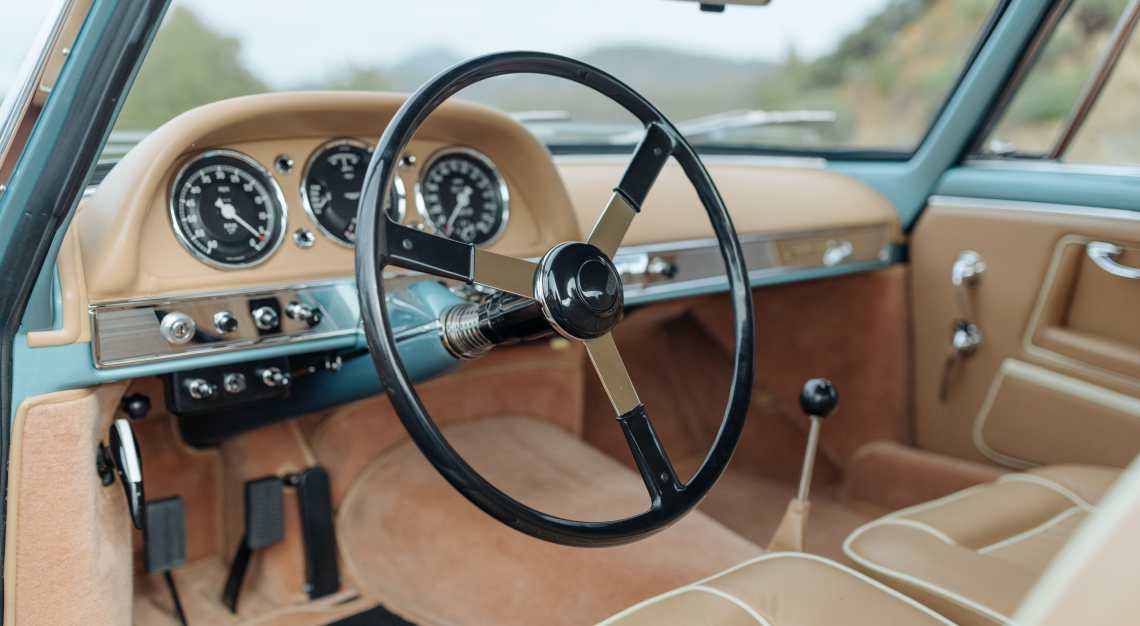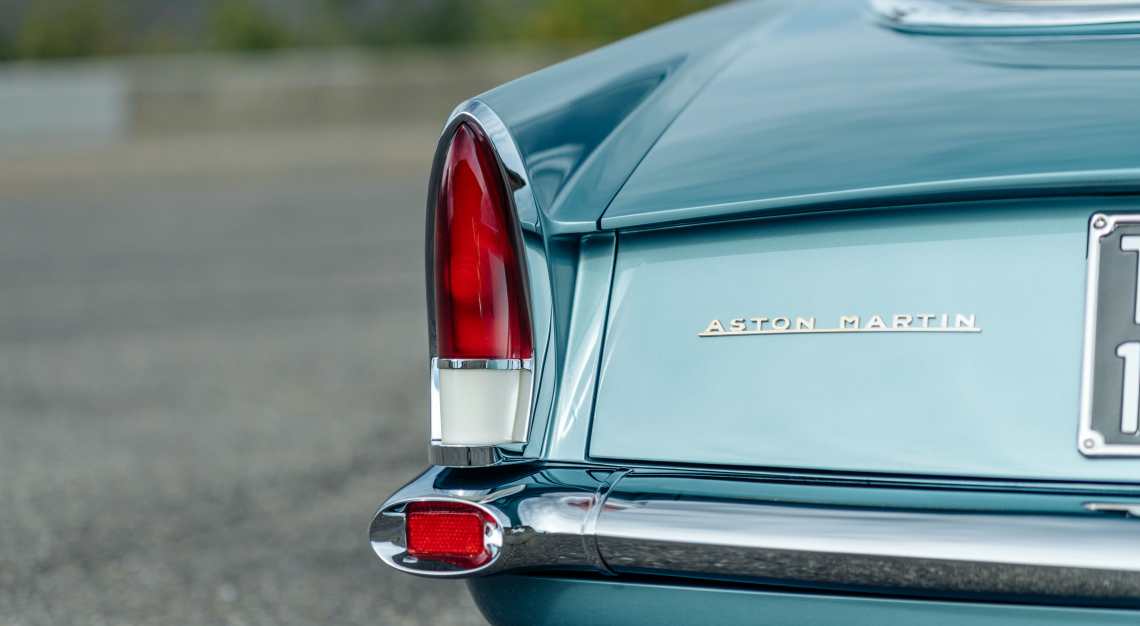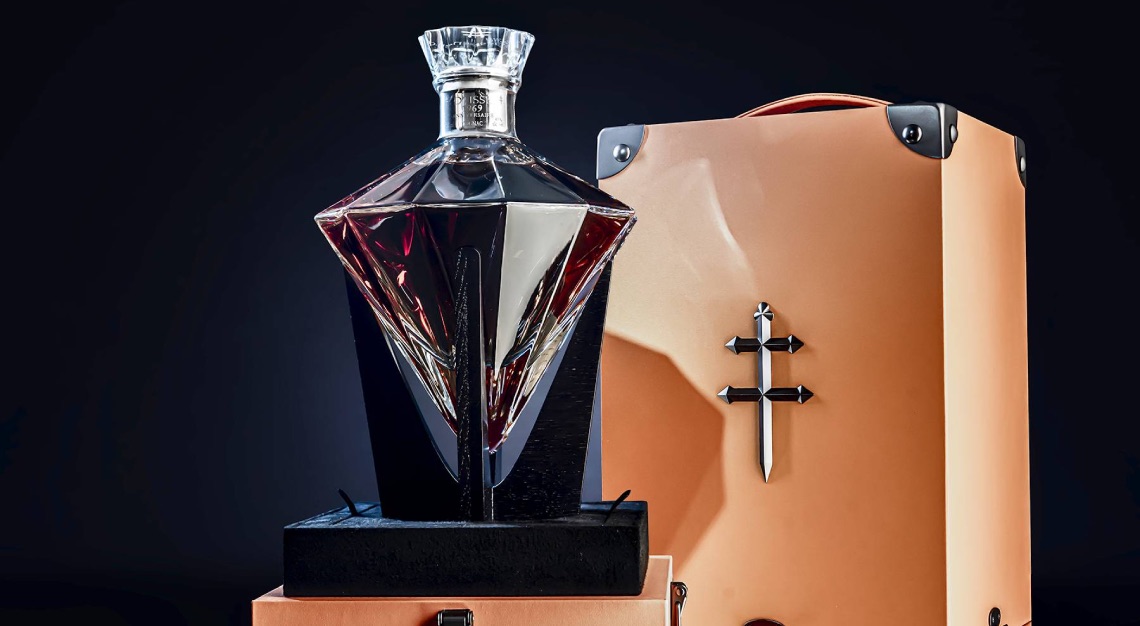This is only one of seven Bertone-fitted Aston Martins in existence
The story of this steed cannot be meaningfully written if the character Stanley H. ‘Wacky’ Arnolt II was to be omitted from it. The Indiana businessman is crucial to Bertone-bodied Aston Martins because it was he who commissioned the Italian coach-builder Bertone to design a collection of seven, and only, Aston Martin-made cars. This 1954 DB2/4 Coupe is one of them.
At RM Sotheby’s New York auction last Friday, in which the auction house presented some of the most desirable luxury motor cars for bidding, this ride (chassis number LML/765) sold for US$1,105,000.

The DB2/4’s sale price is indicative of its extreme rarity. Besides belonging to a hyper-exclusive lineup of seven custom-fitted cars, it is also the only coupe. Bertone’s approach here is unique to this car only. Its consummately elegant build, which beams with an equal importance afforded to clear, deft lines and pronounced curves, stands amongst the best work in the house’s history.
According to RM Sotheby’s, the car was commissioned by Arnolt on 20 August 1954 for Henri Pigozzi, founder of Société Industrielle de Mécanique et Carrosserie Automobile (SIMCA). The house points to the taillights being borrowed from SIMCA as proof of this. In addition, research by the historian Stanley Nowak has revealed that this DB2/4 was meant to be in the first in small-batch production which was subsequently halted by Aston Martin’s refusal to provide more chassis.

Passing various hands till 2019, the car eventually reached the last owner before the sale who enlisted Californian Aston Martin specialists Kevin Kay Restorations to work on a full restoration. In keeping with the request, the firm restored the car to its “show stand-correct” metallic blue shade, right down to its taillights, bonnet trim, sun visors and a significant portion of the interior trim hardware, which were re-produced to resemble the original 1955 variants.
This special DB2/4 is a confluence of English heritage and American ingenuity that also testifies to the universal appeal of neo-classical tendencies in automobile culture. That it wears a dashing Italian suit is yet another nod to the all-pervading love for fine cars as canvases for reinterpretation and as finished works.






